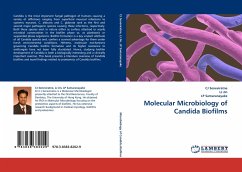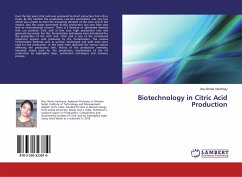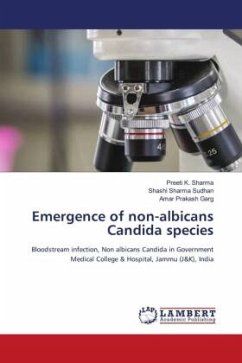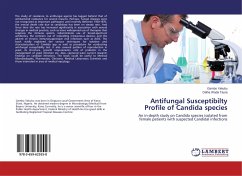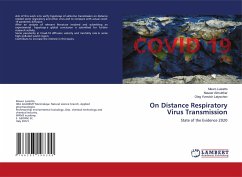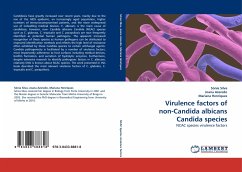Candida is the most important fungal pathogen of humans causing a variety of afflictions ranging from superficial mucosal infections to systemic mycoses. C. albicans and C. glabrata rank as the first and second major pathogenic species causing these infections, respectively. Both these species exist in nature either as surface attached or sessile microbial communities in the biofilm phase or, as planktonic or suspended phase organisms. Biofilm formation is a key virulent attribute of all Candida species and, confers a survival advantage for them under harsh environmental conditions. Hitherto, molecular mechanisms governing Candida biofilm formation and its higher resistance to antifungals have not been fully elucidated. Hence, studying biofilm development of Candida is both a biologically interesting and a clinically important exercise. This book presents a literature overview of Candida biofilms and novel findings related to proteomics of Candida biofilms.
Bitte wählen Sie Ihr Anliegen aus.
Rechnungen
Retourenschein anfordern
Bestellstatus
Storno

